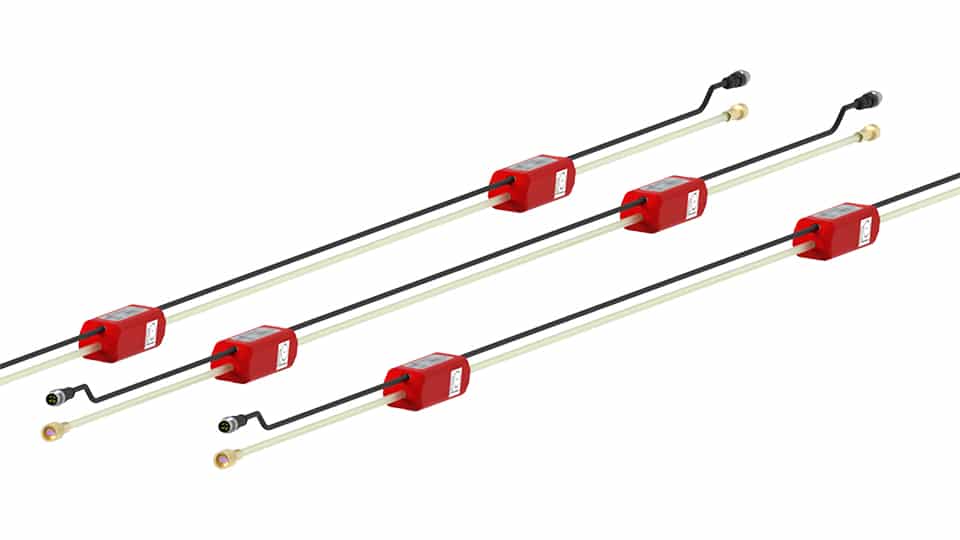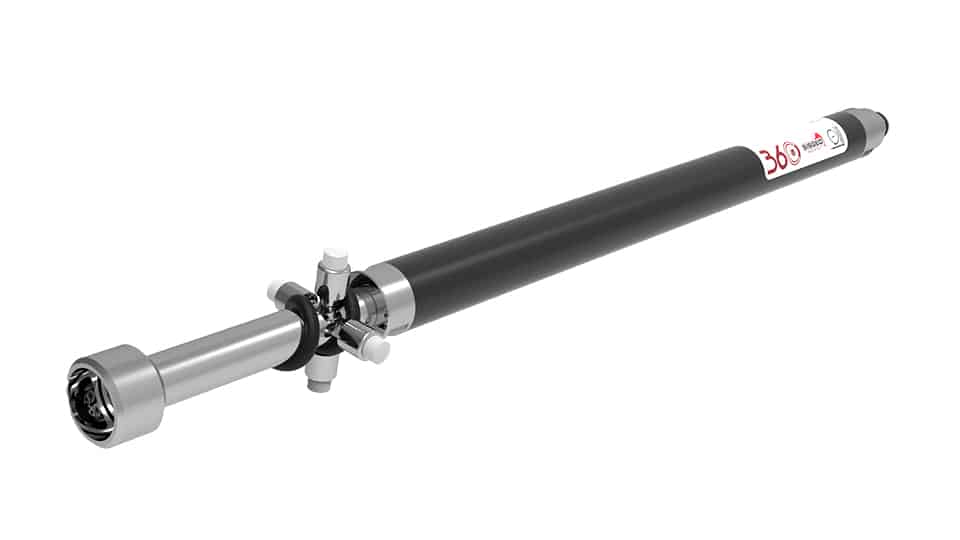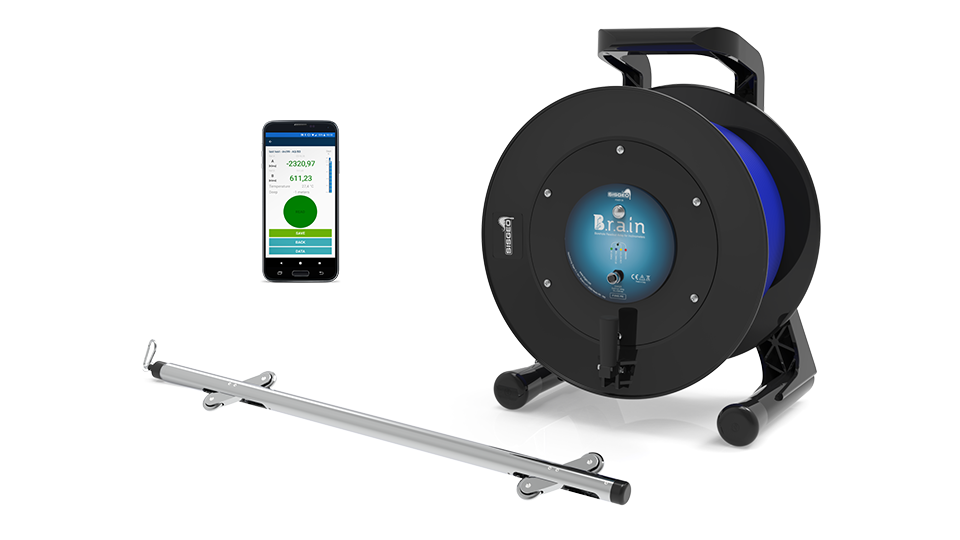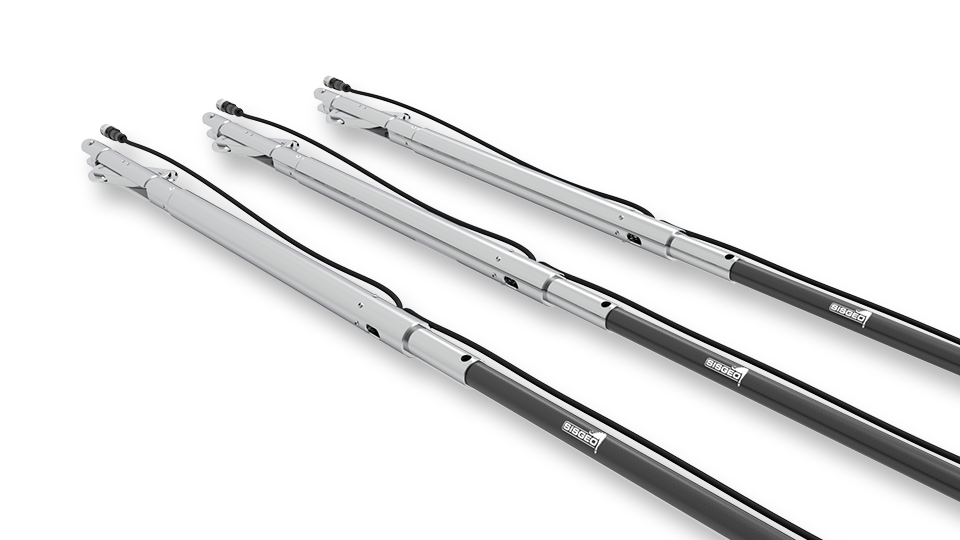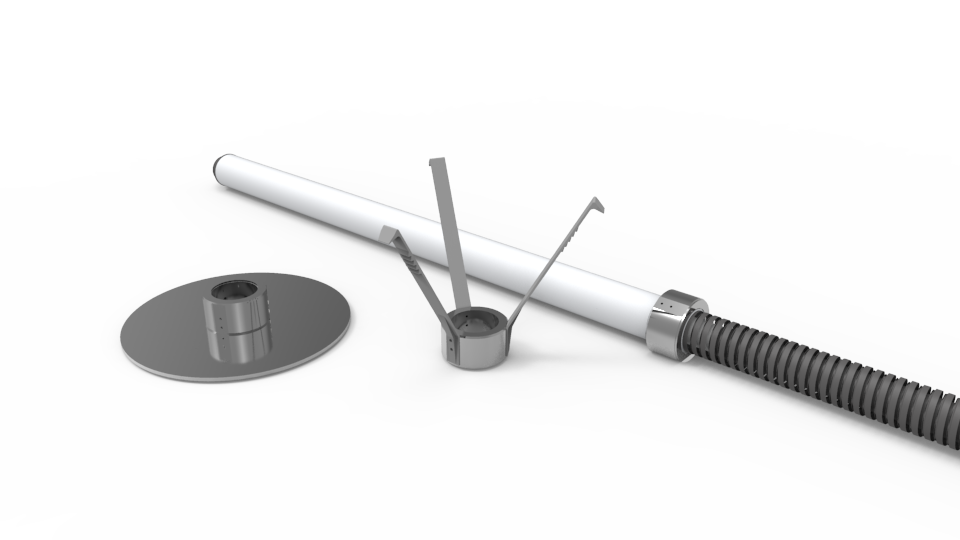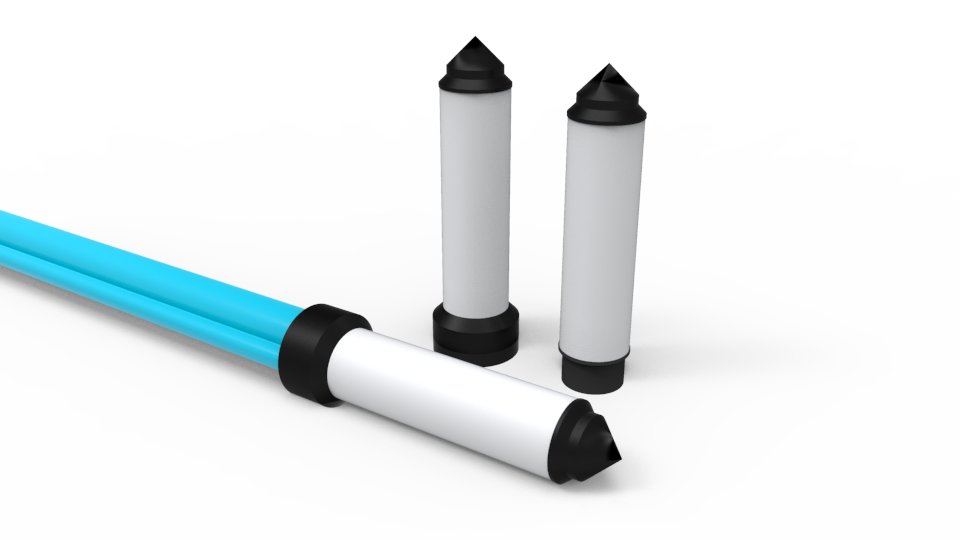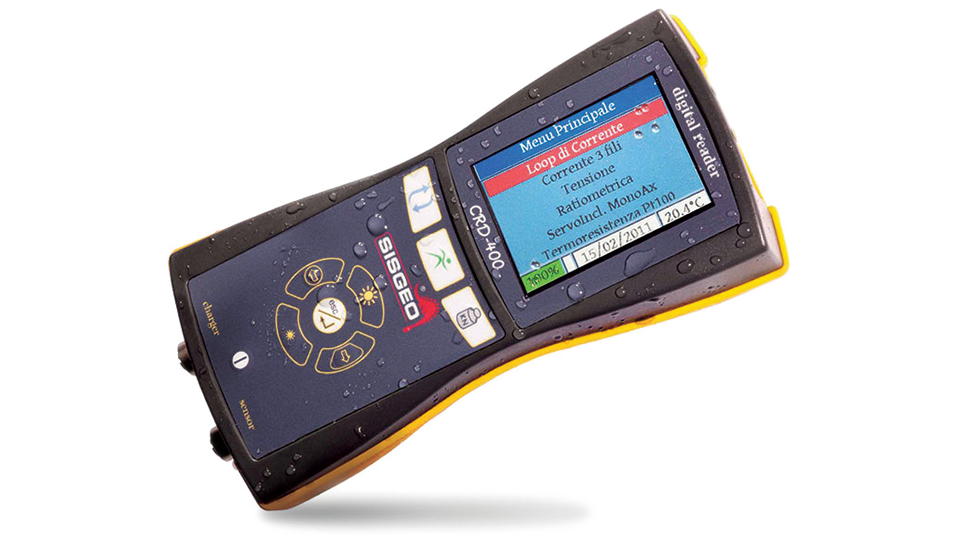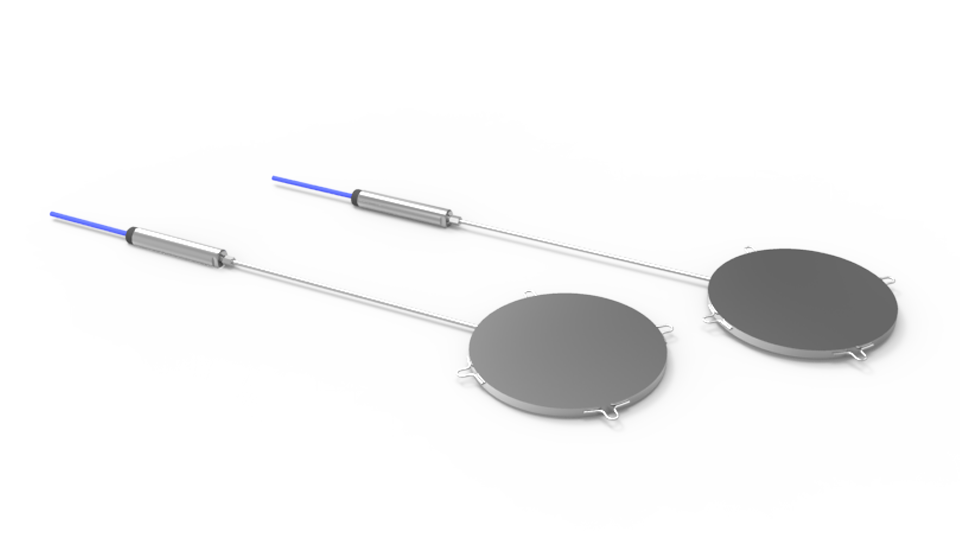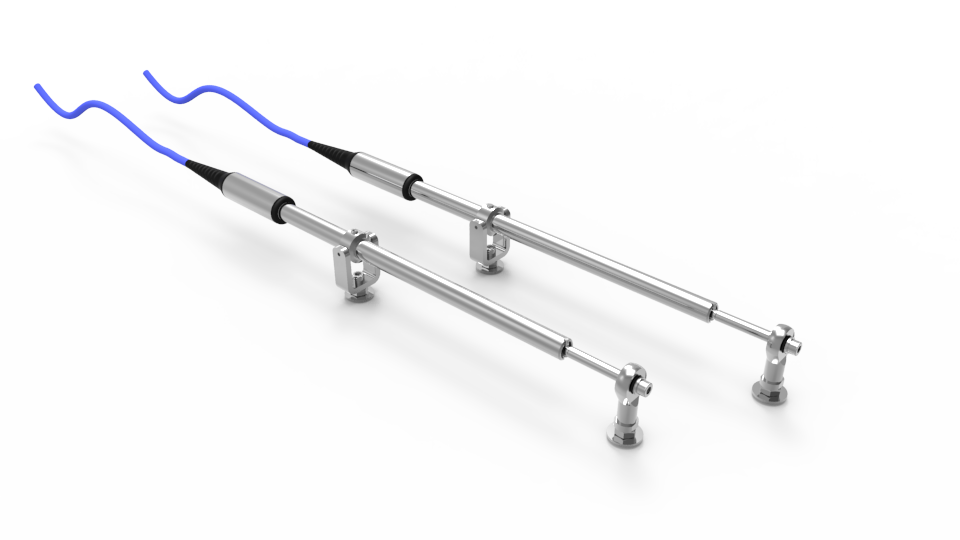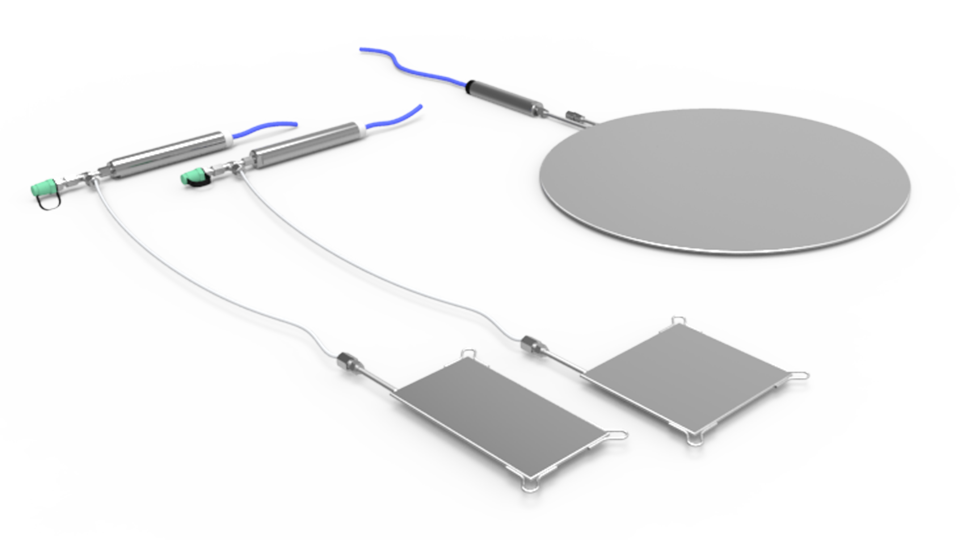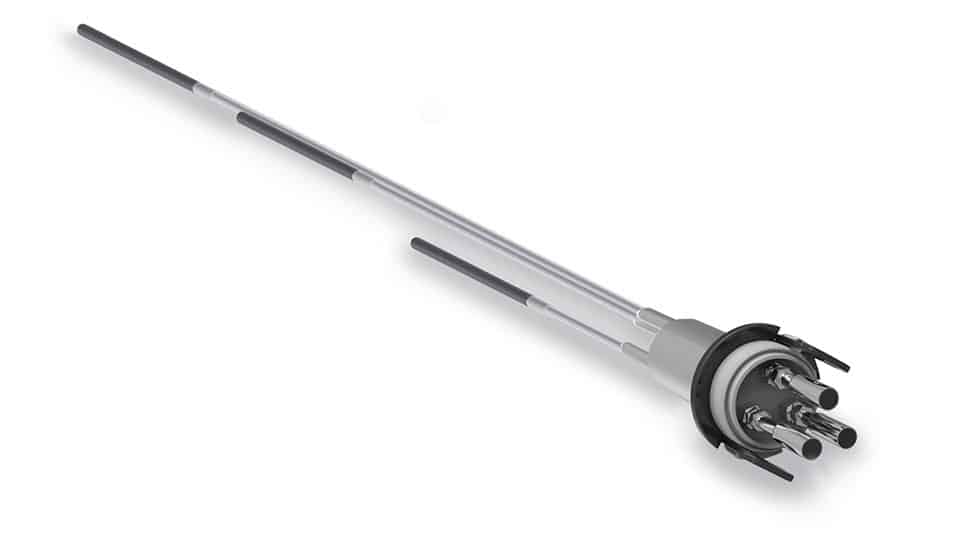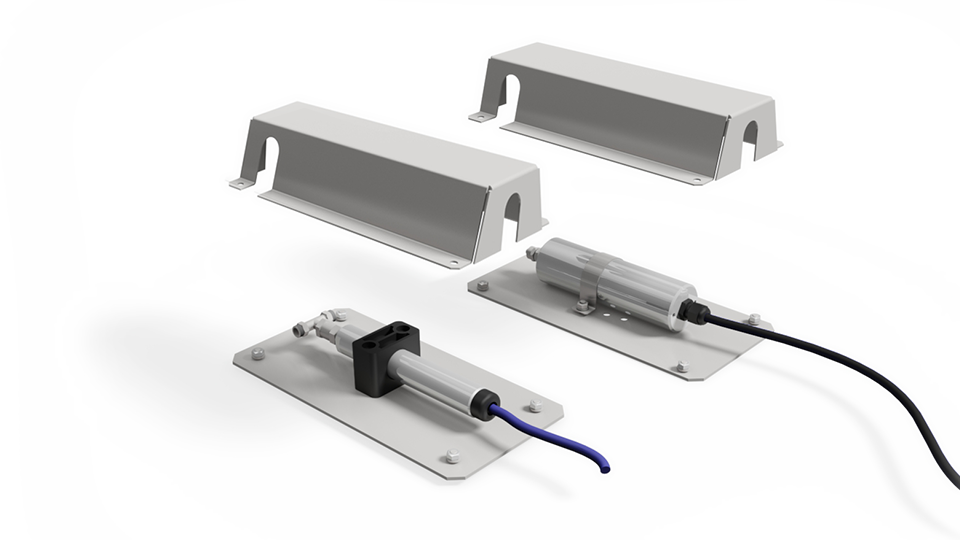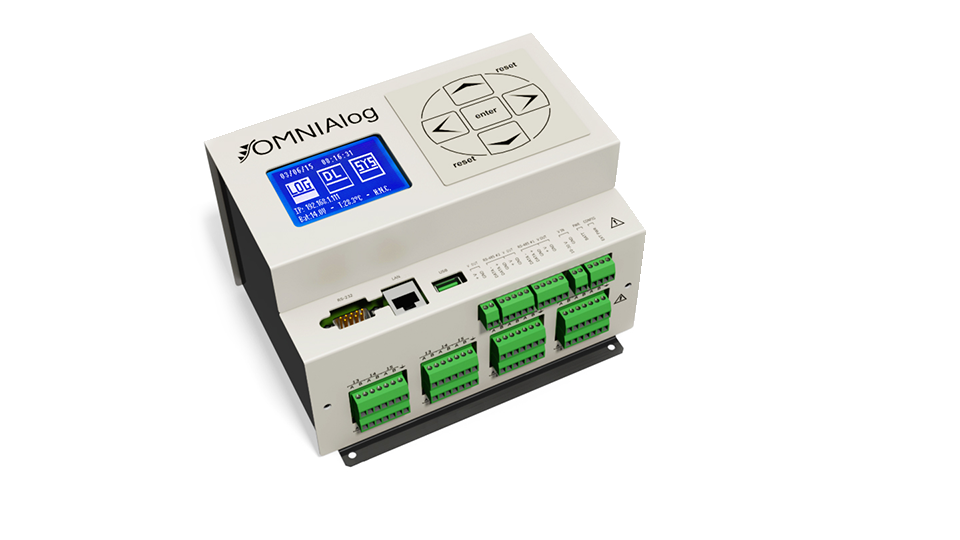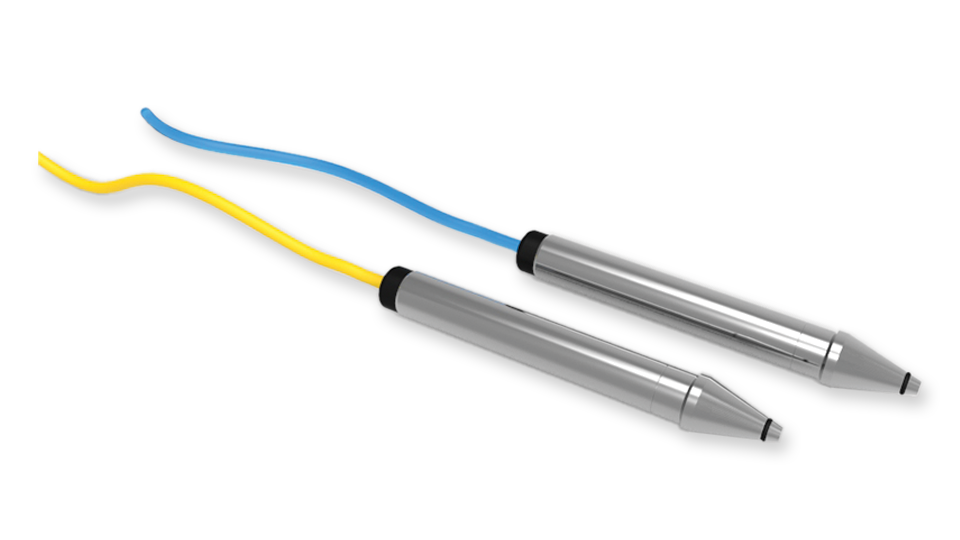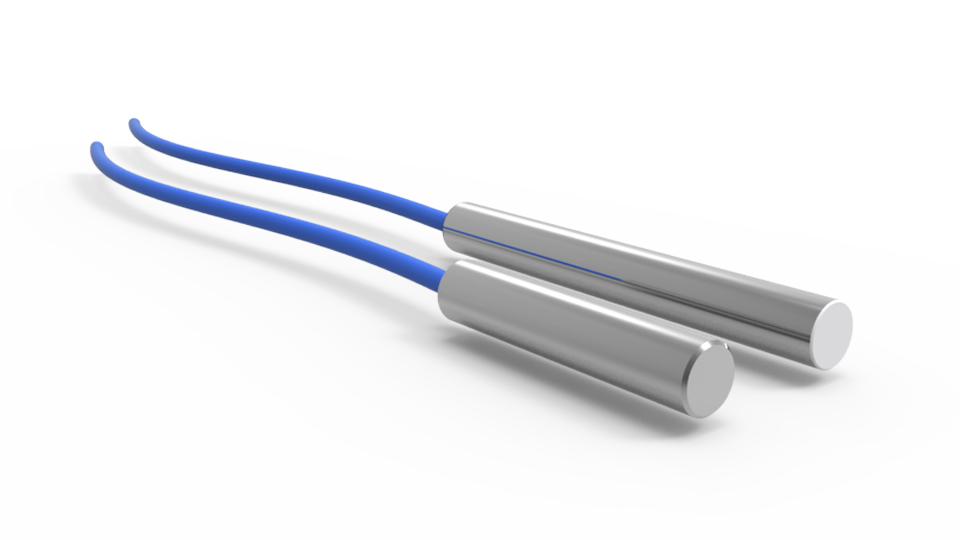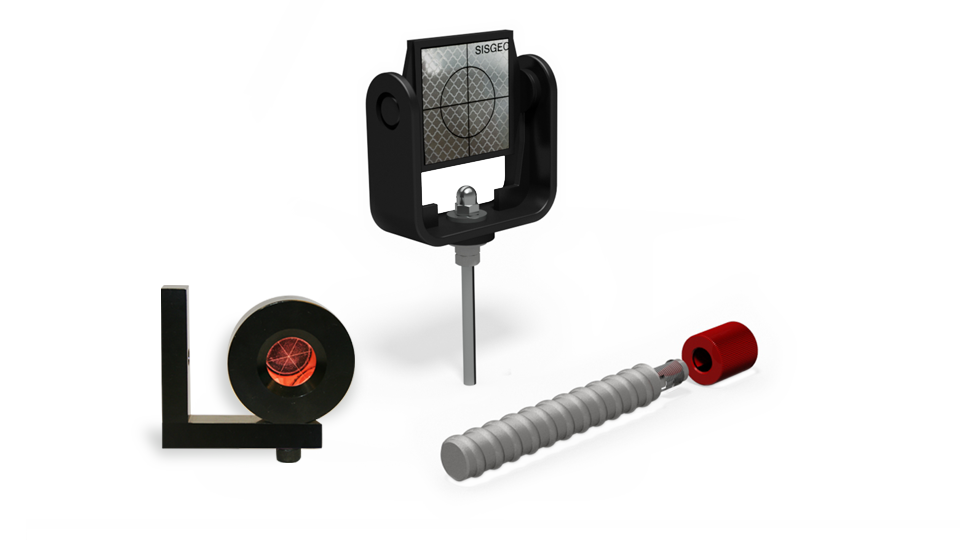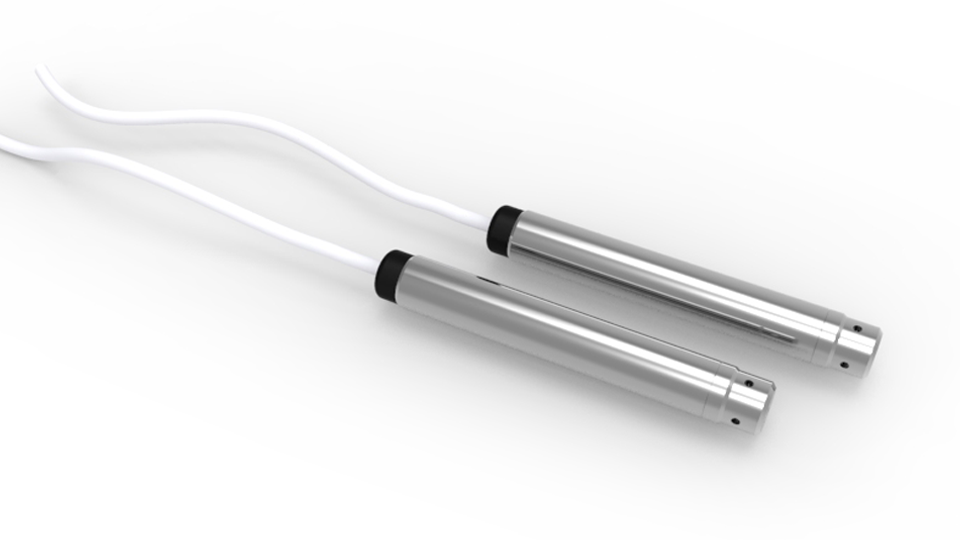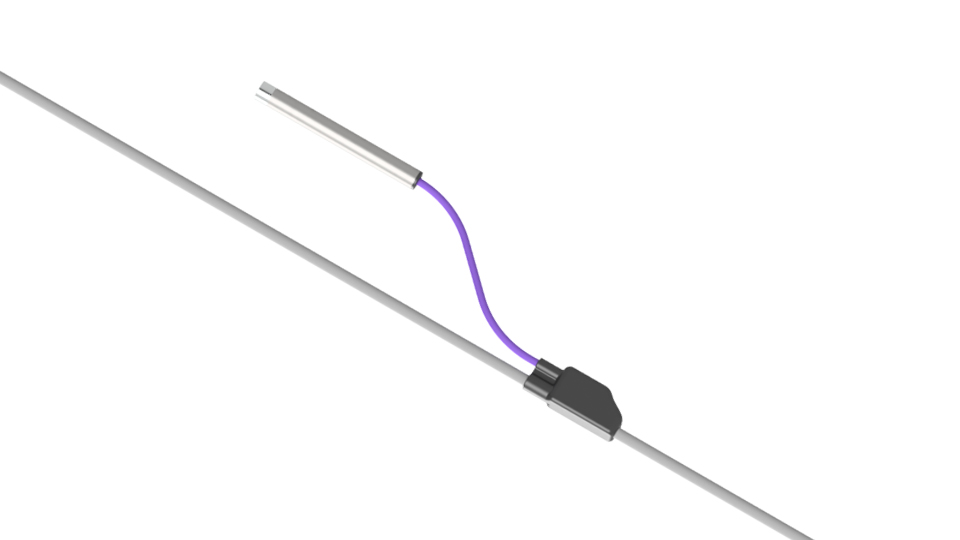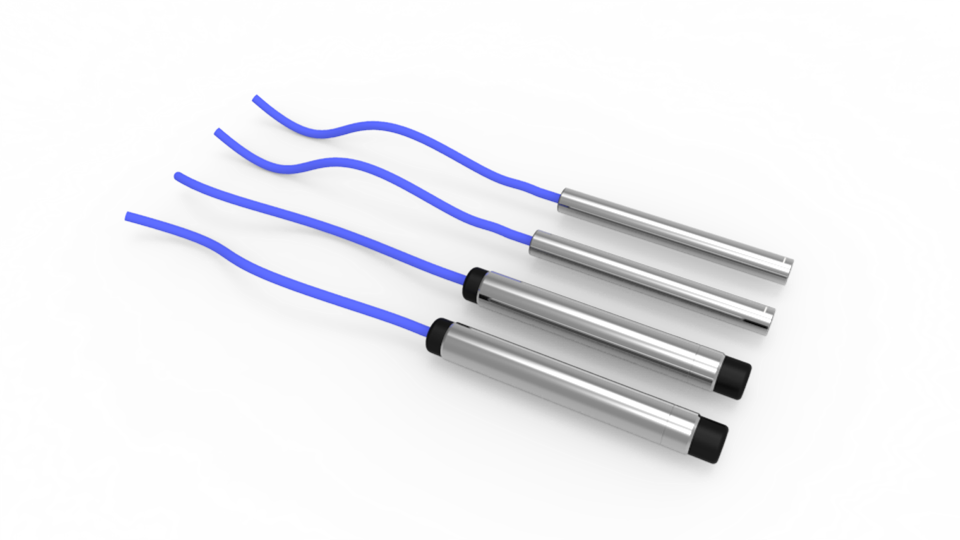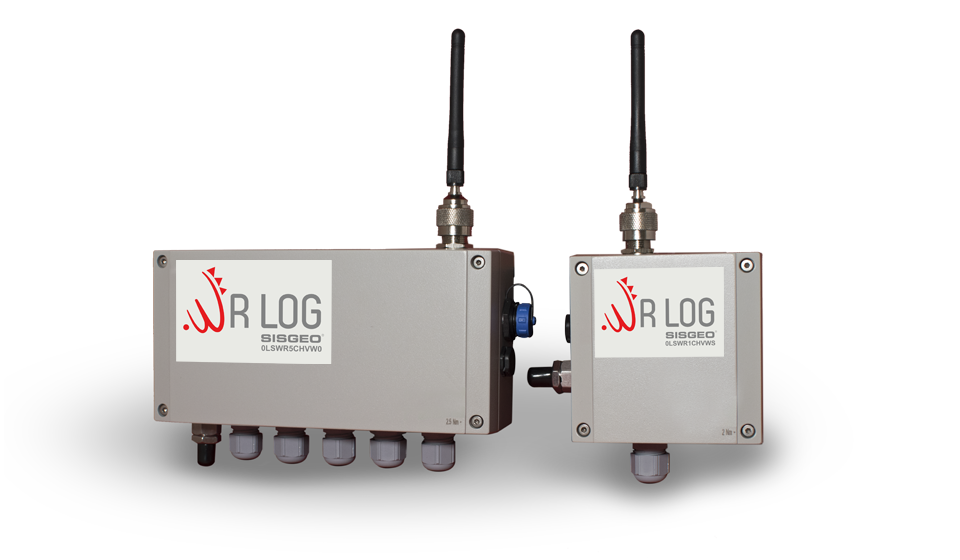WHAT IS EMBANKMENT DAMS MONITORING?
Embankment dam monitoring, a crucial aspect of dam safety management, involves observing and analyzing the stability, performance, and structural integrity of embankment dams to ensure they operate effectively and safely.
An embankment dam, or fill dam, is constructed by forming a long embankment of compacted earth or other materials across rivers or watercourses, creating a reservoir behind it. Frequently used for water supply, irrigation, hydroelectric power, and flood control, embankment dams demand precise design, construction, and ongoing maintenance to prevent failures that could result in catastrophic flooding, endangering lives and property downstream.
Key aspects of embankment dam monitoring include:
- Structural stability: Tracking deformation, settlement, and stability of the embankment, as well as any changes in downstream slope stability.
- Seepage and leakage: Monitoring seepage and leakage through the dam and its foundation to ensure integrity and maintain water levels.
- Pore water pressure: Observing pore water pressure changes in the dam and its foundation to detect stability risks.
- Reservoir levels: Ensuring appropriate reservoir levels for flood control, water supply, and power generation.



